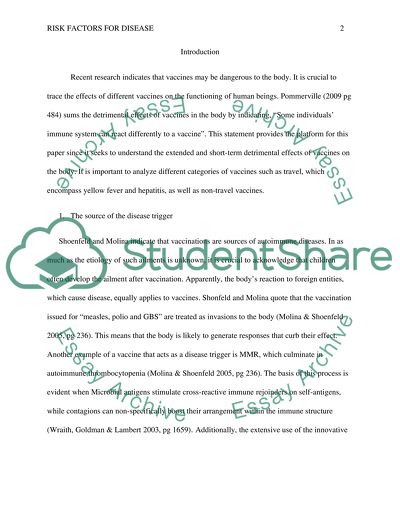Cite this document
(“Risk Factors for Disease Essay Example | Topics and Well Written Essays - 1000 words”, n.d.)
Retrieved from https://studentshare.org/health-sciences-medicine/1432598-risk-factors-for-disease
Retrieved from https://studentshare.org/health-sciences-medicine/1432598-risk-factors-for-disease
(Risk Factors for Disease Essay Example | Topics and Well Written Essays - 1000 Words)
https://studentshare.org/health-sciences-medicine/1432598-risk-factors-for-disease.
https://studentshare.org/health-sciences-medicine/1432598-risk-factors-for-disease.
“Risk Factors for Disease Essay Example | Topics and Well Written Essays - 1000 Words”, n.d. https://studentshare.org/health-sciences-medicine/1432598-risk-factors-for-disease.


